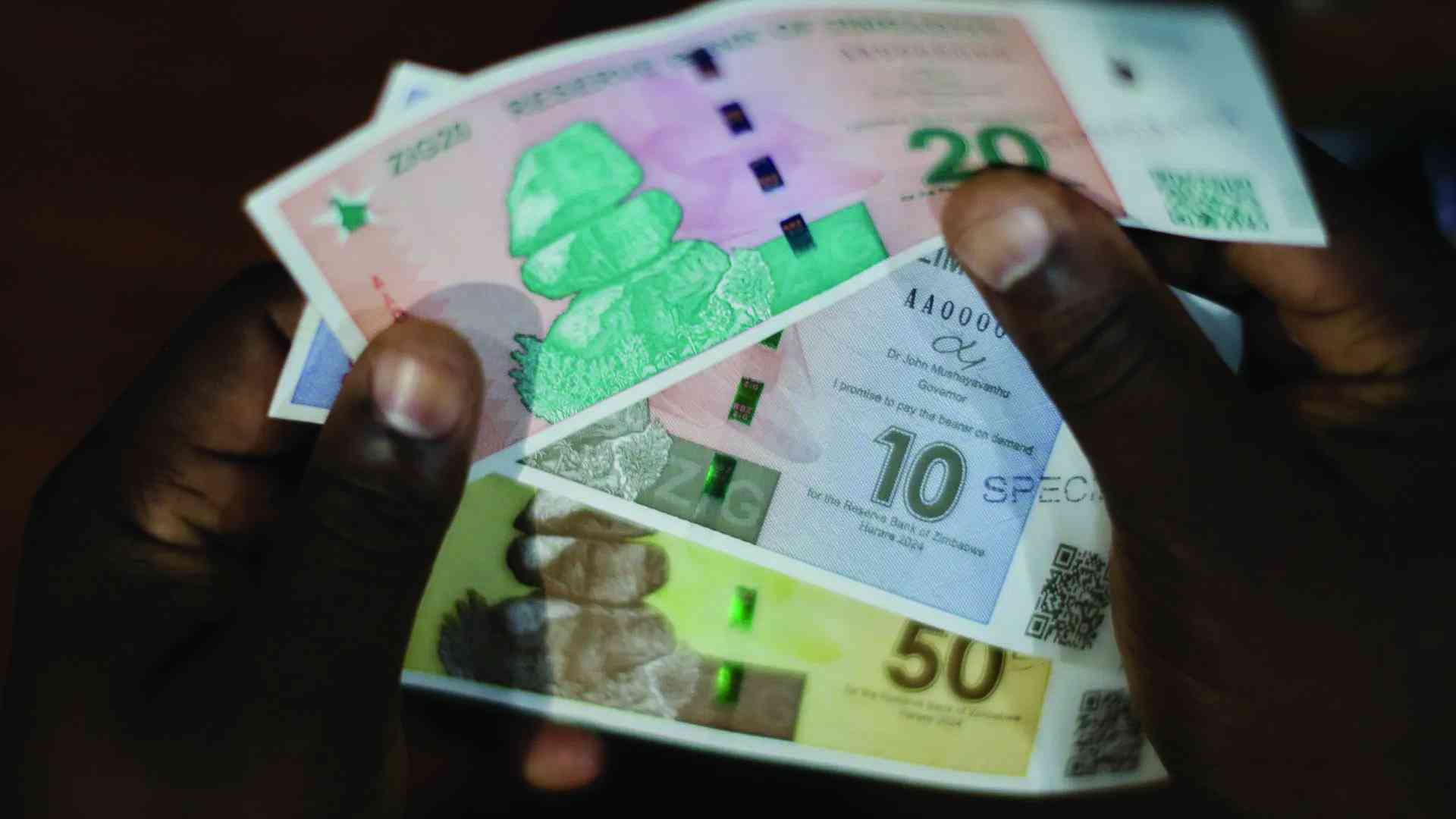
SOLGAS Private Limited, an independent power producer (IPP), plans to add 10 megawatts (MW) of generation capacity to its Hwange solar plant by year-end, businessdigest can report.
The expansion follows Old Mutual Zimbabwe’s US$7,3 million investment in 2021 to construct a 5,3MW solar plant on a 100-hectare site at Cross Mabale.
The company ultimately aims to develop a 50MW solar facility on the land.
During a site visit last week, Solgas engineer Craig Mandeya told businessdigest the company is targeting an additional five to 10MW capacity by December.
“This 5,3MW plant comprises 15 660 panels,” Mandeya explained.
“We generate peak power of 5,3MW, averaging 27-33 megawatt-hours daily, which we feed directly into the national grid. As Zimbabwe’s first wholly locally-owned solar IPP, we plan to replicate this model across our available land.”
The expansion will incorporate agrovoltaics — a dual use system combining solar energy with agriculture.
“We are grazing sheeps to manage vegetation,” Mandeya noted.
- Directors move to tackle governance crisis
- Women demand financial sector overhaul
- Old Mutual tech hub trains start-ups
- Stage set for the 21st Old Mutual Nama awards
Keep Reading
“This prevents panel shading from overgrown grass, while eliminating snake habitats and maintaining optimal energy output.”
However, the company faces operational challenges.
“Manual panel cleaning limits efficiency,” Mandeya admitted.
“We are seeking to import specialised equipment, though costs remain prohibitive. We hope to resolve this by year-end to boost productivity.”
Zimbabwe, a country rich in natural resources and potential, is poised for significant growth in its solar energy sector, according to Solarpro Zimbabwe chief executive officer Nyasha Chasakara.
“As the country grapples with power challenges exacerbated by prolonged dry seasons and frequent power cuts, the need for reliable and sustainable energy solutions has never been greater,” he said in a recent report.
“This presents a golden opportunity for investors to tap into the burgeoning solar market. Zimbabwe imports most of its solar panels from China, India and South Africa.”
Zimbabwe’s energy landscape is characterised by a significant reliance on thermal and hydro power sources, which account for most of the power used in the country.
However, over the past two years, hydro power generation has been inconsistent due to prolonged dry seasons.
The country is experiencing power cuts running up to 18 hours per day, highlighting the urgent need for alternative energy sources.
The installed capacity remains inadequate to meet demand, leading to persistent rolling blackouts that hinder economic growth and competitiveness.
IPPs add around 45 to 50MW, which is still very low. To meet its target of 100% electricity coverage by 2040, Zimbabwe needs to add 537 000 connections annually, according to the World Bank.







